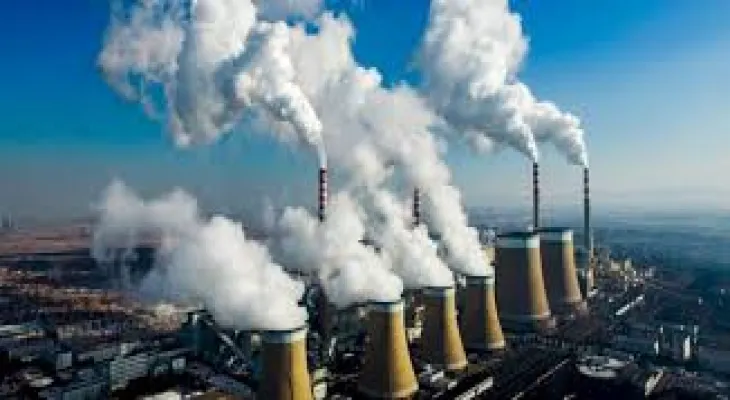Search here
Newspaper
Search here

Arab Canada News
News

Published: July 22, 2022
Canada Nickel has released laboratory test program results for a new accelerated carbon capture method showing promising results.
Carbon capture is a key element in combating climate change by removing carbon produced from industrial processes.
The new method is called In-Process Carbonation (IPT) and the company plans to use it in the Crawford deposits between Timmins and Cochrane.
Mark Selby, CEO of Canada Nickel, said, "These rocks have the property that once exposed to air, they automatically absorb carbon dioxide."
"While we process the rocks to extract nickel, we take the tailings as soon as they come out of the process, inject some carbon dioxide into them, and then leave them.
Within 36 hours, we reach zero and within six days we get 20 tons of carbon dioxide for every ton of nickel we produce."
For the Crawford Canadian Nickel project, this translates to 710,000 tons of carbon dioxide credits annually and 18 million tons of carbon dioxide credits over the mine’s life.
Selby said, "Sometimes you are lucky in life when a bunch of things intersect together and that’s exactly it." "We need a tremendous amount of nickel for electric car batteries – every Ford Explorer or pickup truck will need 90 to 110 kilograms of nickel in each truck battery."
He said places like Timmins have the mineral mines they need close to the market location.
He said, "People don’t just want nickel, they want carbon-free nickel." "It’s a great place to be." Selby said the new process has the potential to work at a rate 8 to 12 times faster than current methods.
The new process, which so far has only been demonstrated in the lab with a limited number of samples, can be scaled up alongside the availability of concentrated carbon dioxide sources.
Selby said, "Other methods people have tried ended up taking months before you could reach a net-zero number – we are at a stage where we can reach that net-zero number within 36 hours."
They also hope to start on-site construction in the next few years, with production hopefully starting around 2027/2028.
Comments